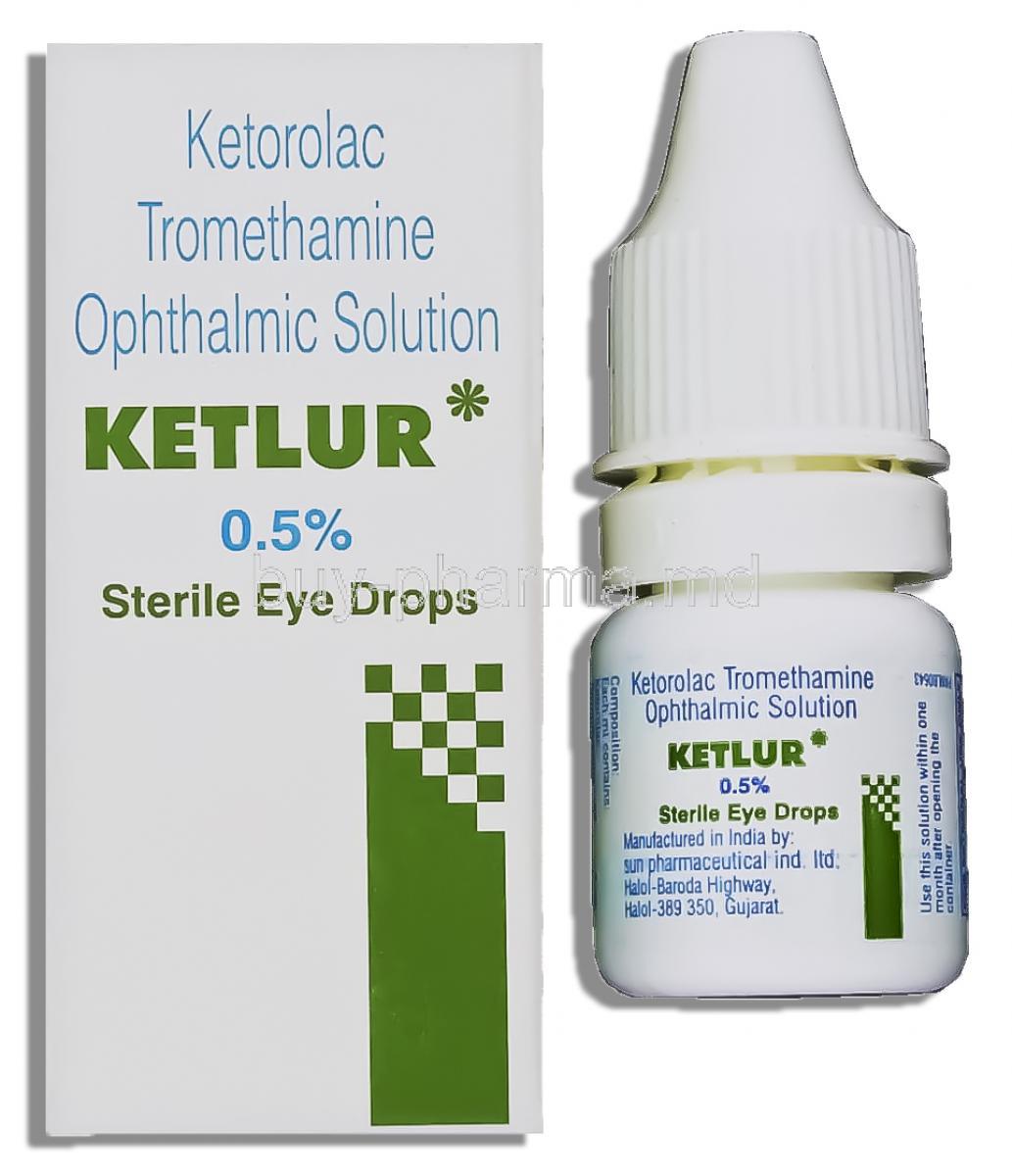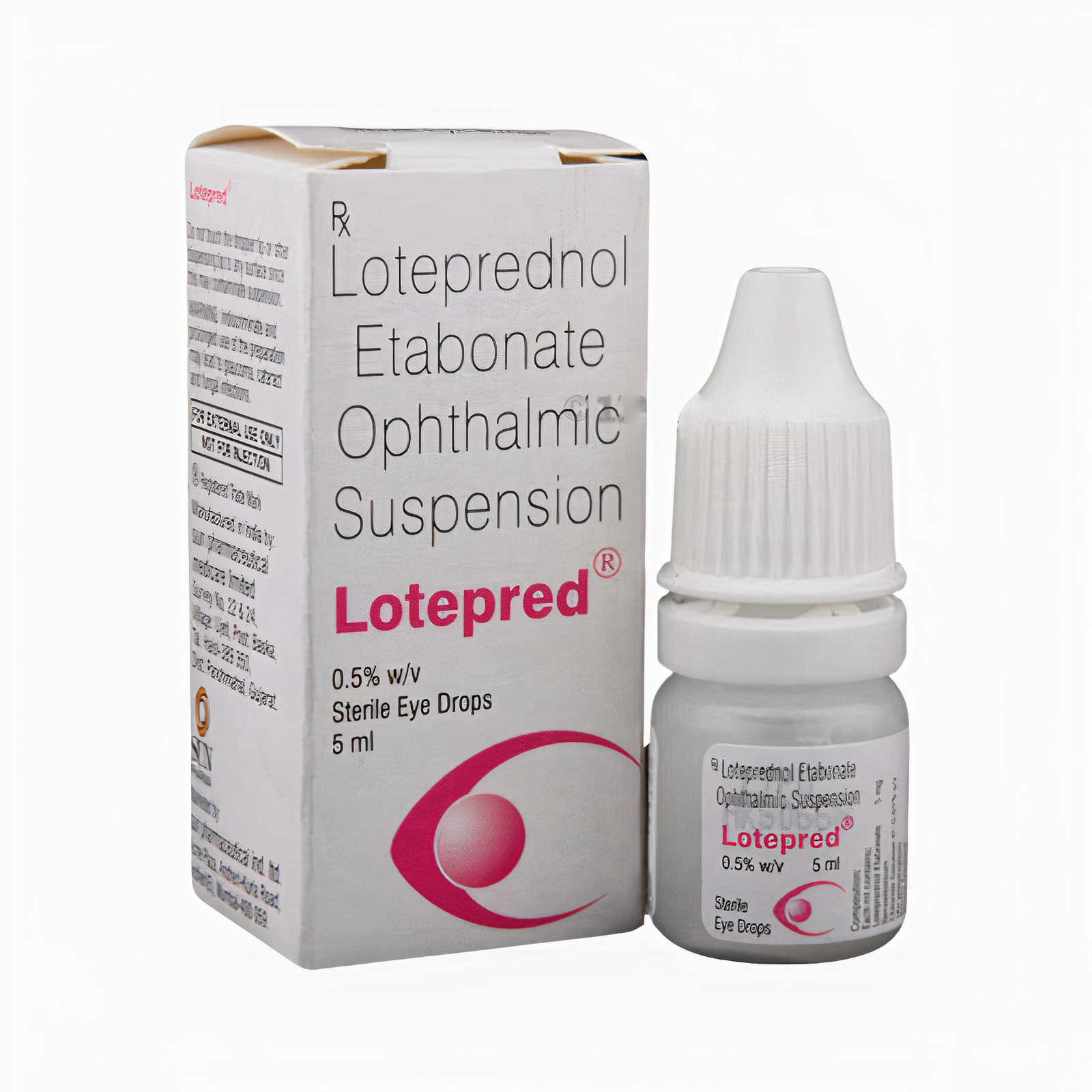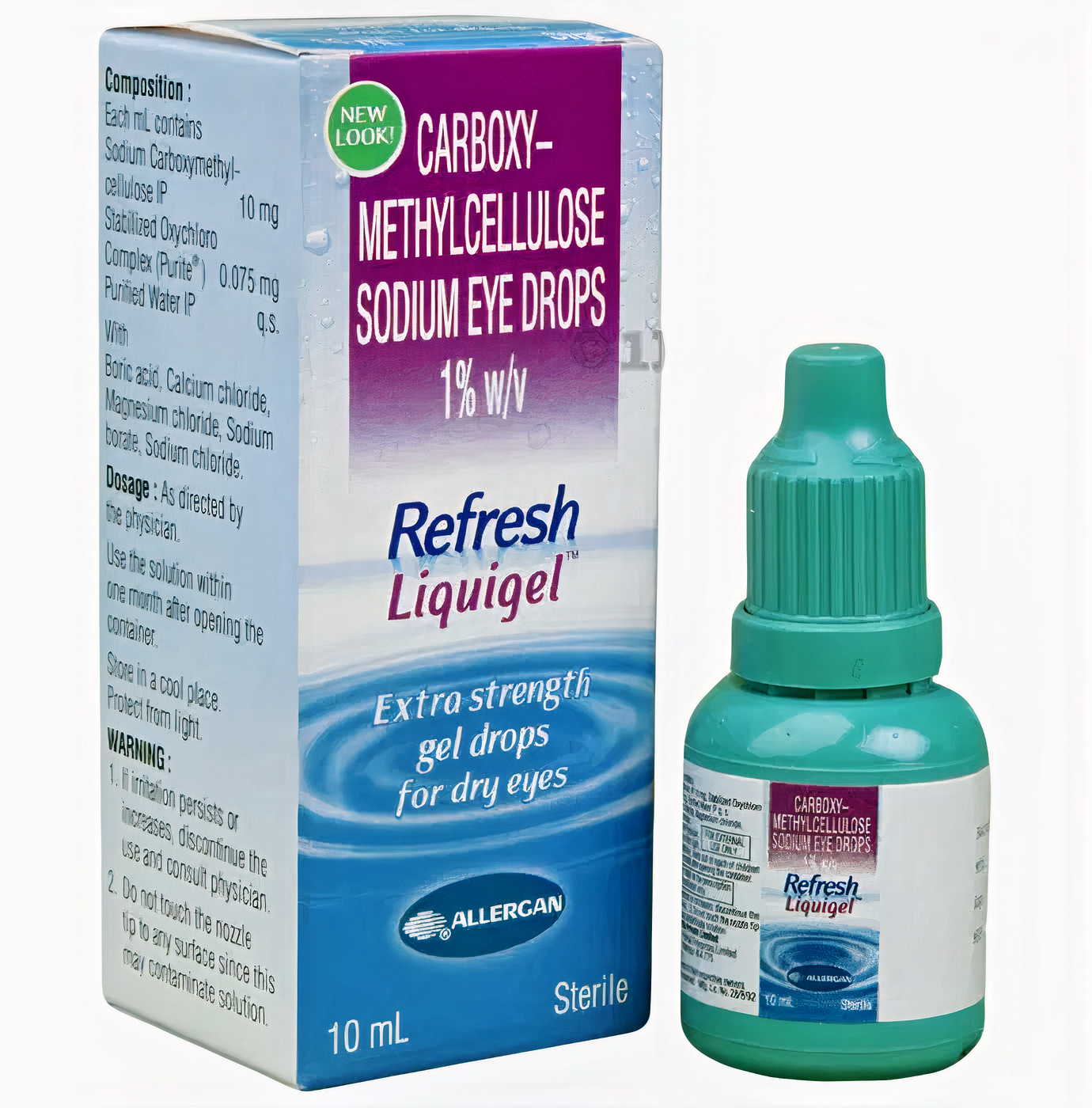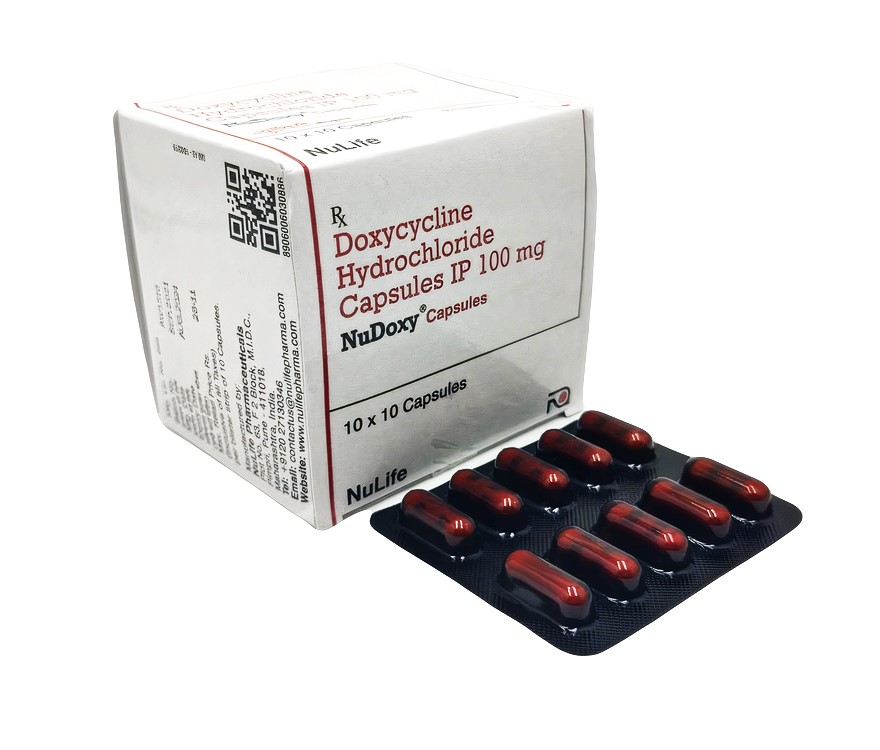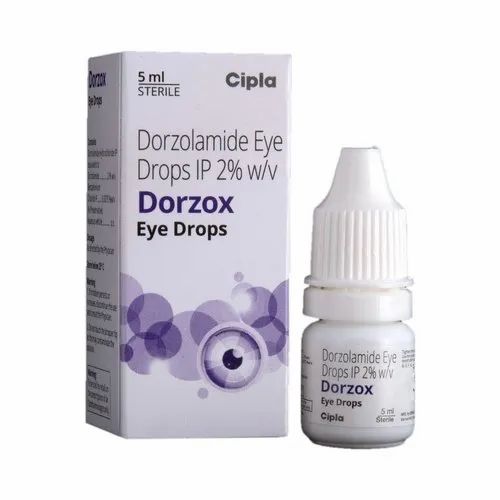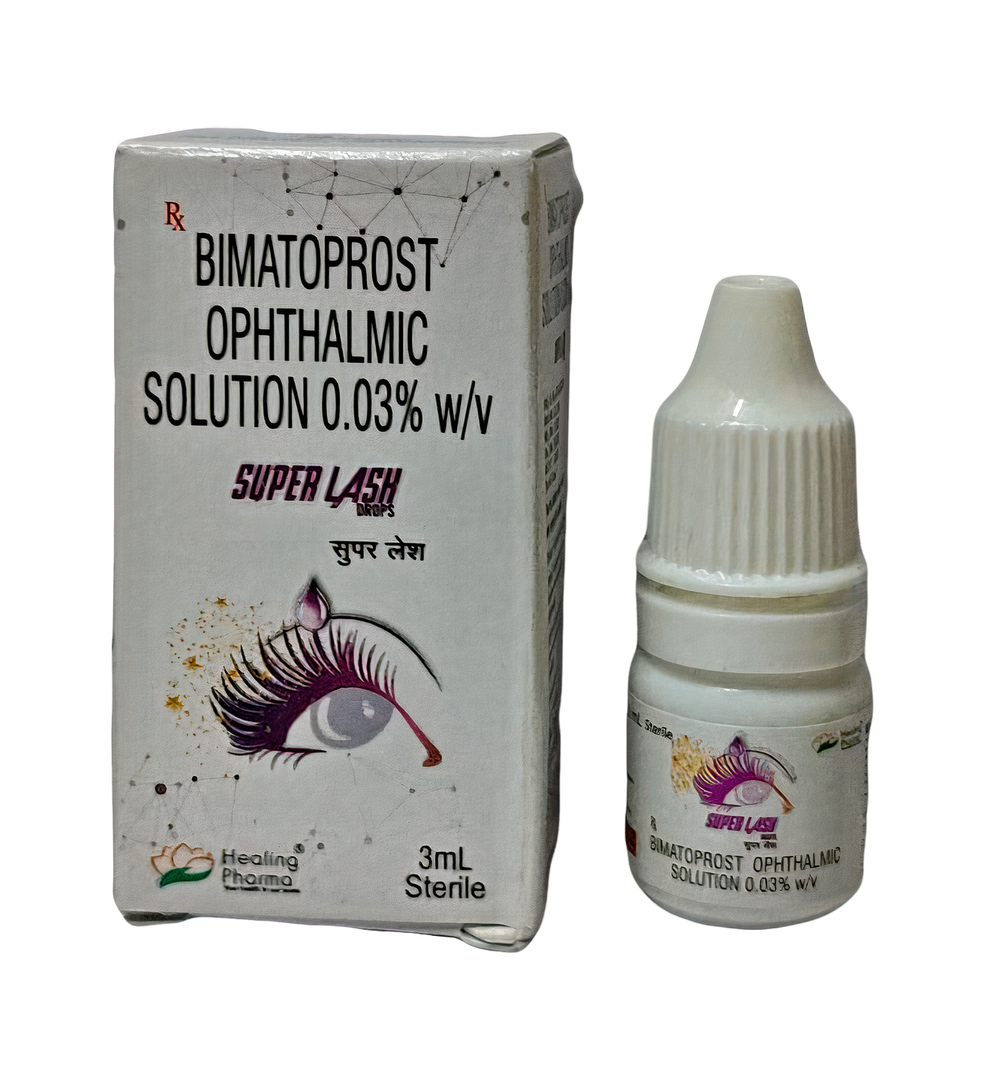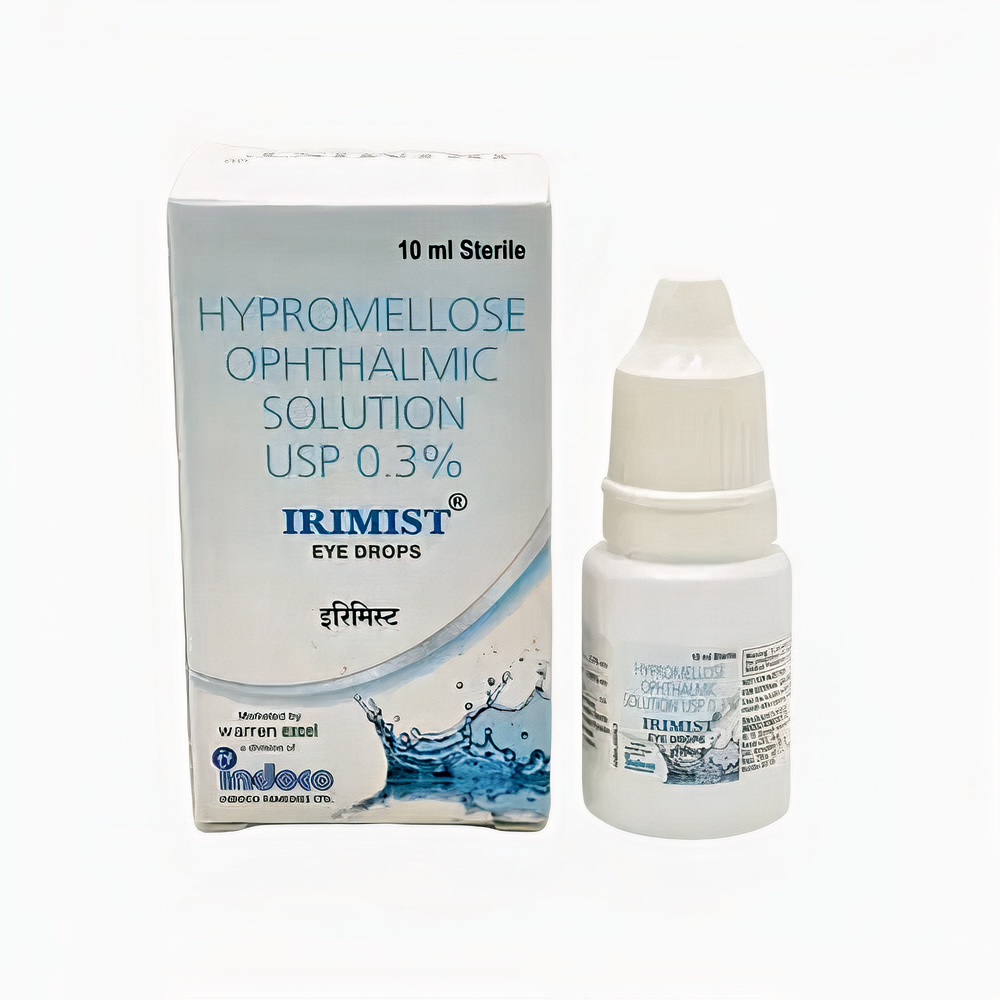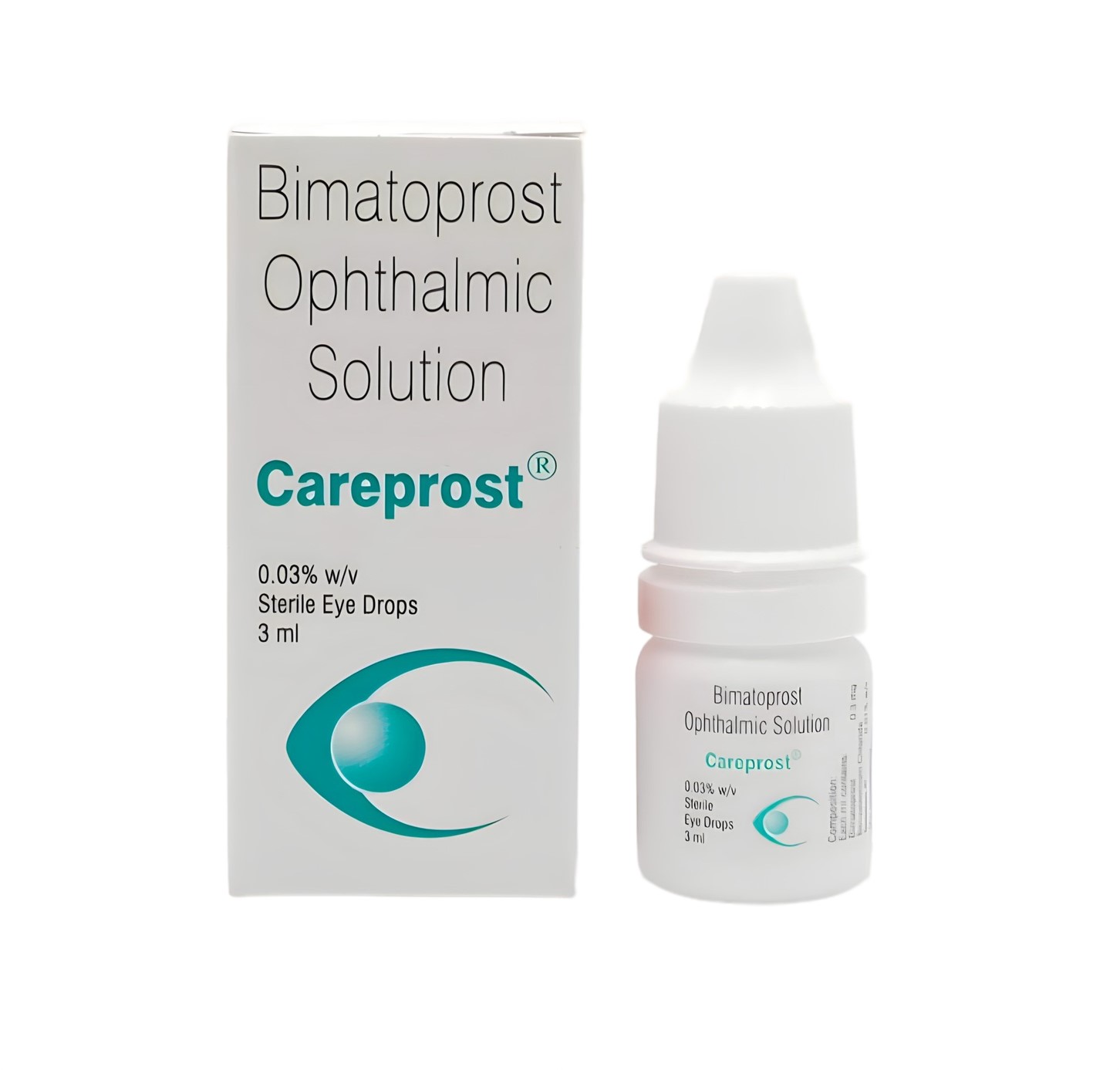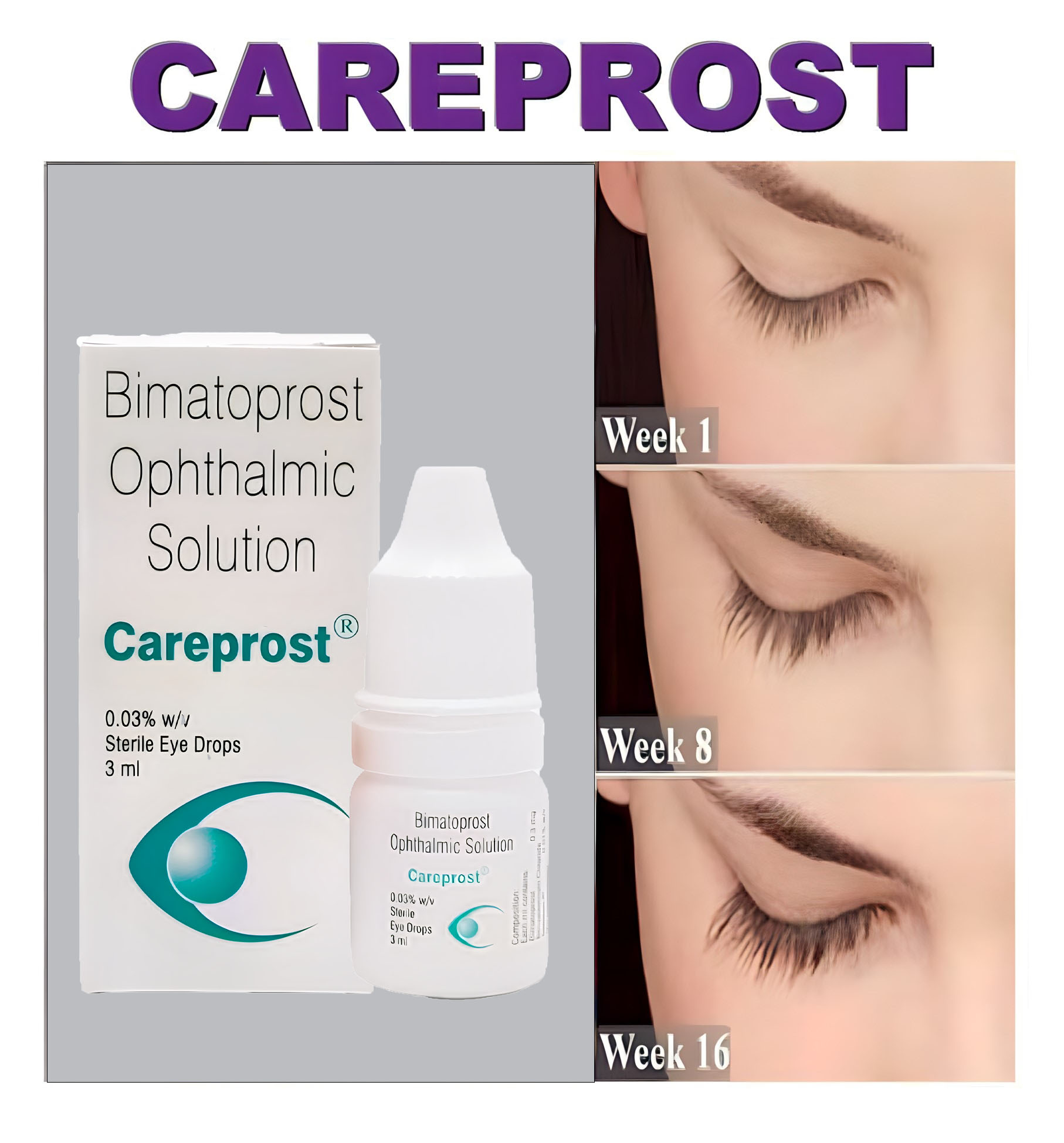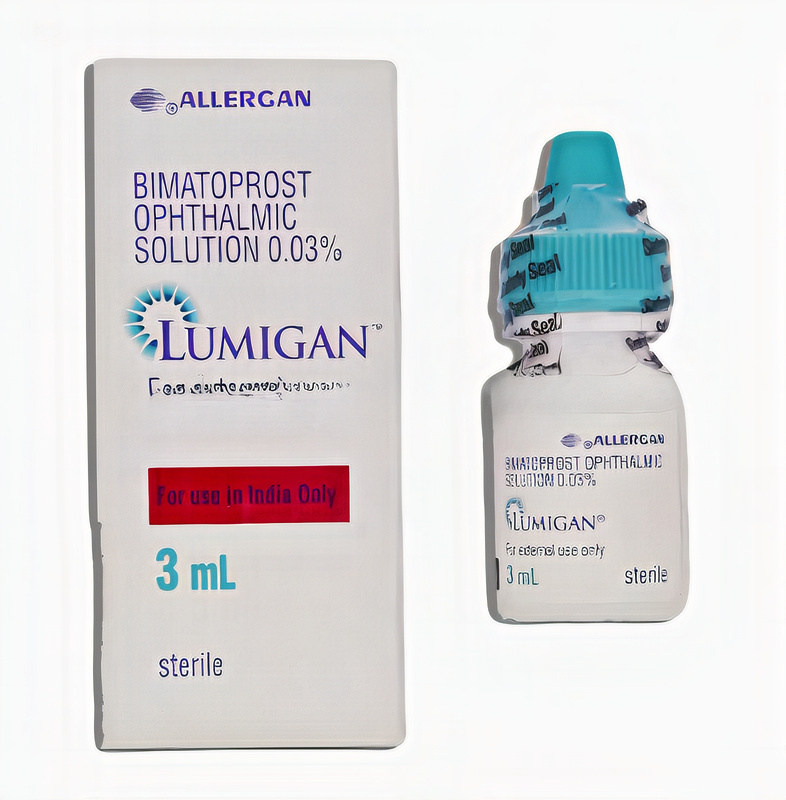Description
Ketlur Eye Drop (Ketorolac 0.5% w/v)
Ketlur Eye Drop (Ketorolac 0.5% w/v) is a pain-relieving medicine primarily used to treat pain and inflammation following eye surgery. It can also be beneficial for other conditions such as seasonal allergies. This medication is generally prescribed for short-term use only. Proper hygiene is crucial when applying the eye drop to avoid contamination and potential infections. Understanding its usage instructions and possible side effects can ensure effective and safe treatment.
Uses of ‘Ketlur Eye Drop (Ketorolac 0.5% w/v)’
- Treatment of post-operative eye pain
- Treatment of post-operative eye inflammation
- Treatment of seasonal allergies affecting the eyes
- Treatment of eye pain due to injury
- Relief from symptoms caused by eye infections
- Treatment of post-operative eye pain. Ketlur Eye Drop (Ketorolac 0.5% w/v) helps alleviate discomfort and pain following eye surgery.
- Treatment of post-operative eye inflammation. This medication reduces redness and swelling in the eyes post-surgery.
- Treatment of seasonal allergies affecting the eyes. It provides relief from itching and irritation caused by seasonal allergens.
- Treatment of eye pain due to injury. The drops can be used to relieve pain and discomfort resulting from minor eye injuries.
- Relief from symptoms caused by eye infections. It helps mitigate pain and reduce inflammation associated with eye infections.
Safety & Precautions
- Always use Ketlur Eye Drop (Ketorolac 0.5% w/v) exactly as prescribed by your doctor.
- Wash your hands thoroughly before applying the eye drop to avoid contamination.
- Avoid touching the dropper tip to any surface, including your eye, to prevent infection.
- Do not drive immediately after using the medication if you experience blurred vision.
- Consult your doctor before using Ketlur Eye Drop (Ketorolac 0.5% w/v) if you are pregnant or planning to become pregnant.
- This medication is not recommended for use during breastfeeding.
- If you wear contact lenses, remove them before applying the drop and wait at least 15 minutes before reinserting them.
- Store the eye drop at a temperature below 30°C.
- Do not share your eye drop with others, even if they have similar symptoms.
- Keep out of reach of children.
Side Effects
Most side effects do not require any medical attention and disappear as your body adjusts to the medicine. Consult your doctor if they persist or if you’re worried about them.
- Nausea
- Burning sensation
- Stinging sensation
- Vomiting
- Stomach pain/epigastric pain
- Indigestion
- Diarrhea
- Heartburn
- Loss of appetite
- Dizziness
- Blurred vision
- Headache
- Eye swelling
- Dry eyes
- Increased sensitivity to light
FAQ
1. How should I store Ketlur Eye Drop (Ketorolac 0.5% w/v)?
Store Ketlur Eye Drop (Ketorolac 0.5% w/v) below 30°C. Keep it tightly closed and away from children. Do not freeze the medication and protect it from light damage. If the drop changes color or becomes cloudy, do not use it and consult your doctor.
2. Can I use Ketlur Eye Drop (Ketorolac 0.5% w/v) while wearing contact lenses?
No, it is recommended to remove your contact lenses before applying Ketlur Eye Drop (Ketorolac 0.5% w/v). Wait at least 15 minutes after application before reinserting your lenses unless directed otherwise by your doctor.
3. What should I do if I miss a dose?
If you miss a dose of Ketlur Eye Drop (Ketorolac 0.5% w/v), use it as soon as you remember. If it is almost time for your next dose, skip the missed one and continue with your regular schedule. Do not double the dose to make up for the missed one.
4. Is Ketlur Eye Drop (Ketorolac 0.5% w/v) safe for children?
The safety and effectiveness of Ketlur Eye Drop (Ketorolac 0.5% w/v) in children have not been established. Consult your doctor before using this medication for pediatric patients.
5. What should I do if I experience severe side effects?
If you experience severe side effects such as intense eye pain, severe headache, vision changes, or signs of an allergic reaction (rash, itching, swelling, severe dizziness, trouble breathing), seek immediate medical attention.
6. Can I use other eye medications while using Ketlur Eye Drop (Ketorolac 0.5% w/v)?
Consult your doctor before using other eye medications alongside Ketlur Eye Drop (Ketorolac 0.5% w/v). If prescribed multiple eye medications, wait at least 5 to 10 minutes between applications to prevent interactions and ensure optimal absorption of each medication.
Dosages of Ketorolac
Ketorolac is administered in various dosage forms and strengths suitable for both adults and pediatric patients. It is crucial to adhere to the recommended dosages to avoid adverse effects and achieve optimal pain management.
| Dosage Form | Strength |
|---|---|
| Tablet | 10 mg |
| Injectable solution | 15 mg/mL, 30 mg/mL |
| Prefilled syringe | 15 mg/mL, 30 mg/mL, 60 mg/mL |
Adult and Pediatric Dosages
Adults
- Intravenous (IV): 30 mg as a single dose or 30 mg every 6 hours; not to exceed 120 mg/day
- Intramuscular (IM): 60 mg as a single dose or 30 mg every 6 hours; not to exceed 120 mg/day
- Oral: 20 mg once after IV or IM therapy, THEN 10 mg every 4-6 hours; not to exceed 40 mg/day
Geriatric
- Intravenous (IV): 15 mg as a single dose or 15 mg every 6 hours; not to exceed 60 mg/day
- Intramuscular (IM): 30 mg as a single dose or 15 mg every 6 hours; not to exceed 60 mg/day
- Oral: 10 mg once after IV or IM therapy, THEN 10 mg every 4-6 hours; not to exceed 40 mg/day
Pediatric
Note: The safety and efficacy in children under 2 years have not been established.
- Children 2-16 years (Single-dose): 0.5 mg/kg IV/IM once; not to exceed 15 mg
- Children 2-16 years (Multiple-dose): 0.5 mg/kg IV/IM every 6 hours; not to exceed 5 days
- Children over 16 years, less than 50 kg: Dosing as for geriatric patients
- Children over 16 years, more than 50 kg: Dosing as for adult patients
Dosing Considerations
- Always begin with parenteral therapy; oral administration is indicated only as a continuation of IV/IM dosing, if necessary.
- Duration of therapy should not exceed 5 days.
- Do not exceed maximum labeled doses, as this will not provide better efficacy but will increase the risk of serious adverse events.
- Decrease daily dose in patients over 65 years, less than 50 kg, or with moderately elevated serum creatinine levels.
- Not approved for use in pediatric patients under 2 years.
Drug Interactions
Ketorolac can interact with a variety of medications, leading to severe, moderate, or mild interactions. It is essential to consult a healthcare professional before starting or stopping any medication while taking Ketorolac.
| Interaction Severity | Number of Drugs |
|---|---|
| Severe | None |
| Serious | 47 different drugs |
| Moderate | 228 different drugs |
| Mild | 78 different drugs |
Dosing Modifications
Renal Impairment
Severe renal impairment is a contraindication for Ketorolac use. For patients with moderate renal impairment, the dosage should be reduced by 50%, and it should not exceed 60 mg/day if administered intramuscularly or intravenously.
Hepatic Impairment
While Ketorolac has not been extensively studied in patients with hepatic impairment, it should be used with caution. Discontinue if symptoms of liver toxicity develop.
Special Considerations
Ketorolac for Short-term Use Only
- Ketorolac is intended for short-term use. Long-term use can lead to severe renal injuries like renal papillary necrosis.
- Patients at high risk include elderly individuals, those with impaired renal function, hypovolemia, heart failure, liver dysfunction, or salt depletion, and those taking diuretics or ACE inhibitors.
Risks in Specific Populations
Patients with certain pre-existing conditions should use Ketorolac with extreme caution or avoid it altogether.
- Those with aspirin-sensitive asthma are at risk of severe bronchospasm.
- Patients with cardiovascular disease may face increased risks of severe cardiovascular thrombotic events.
- Patients undergoing major surgery or coronary artery bypass graft (CABG) surgery are contraindicated for Ketorolac use.
Cardiovascular Risks of Ketorolac
NSAIDs like Ketorolac can elevate the risk of serious cardiovascular thrombotic events, myocardial infarction (MI), and stroke, which can be fatal. The risk may increase with prolonged use, making it crucial to adhere to the prescribed duration to mitigate these threats.
Pregnancy and Lactation
In terms of pregnancy and lactation, the use of Ketorolac is fraught with risks, especially in the third trimester. Animal studies have shown potential risks, and though comprehensive human studies are lacking, the drug should only be used in life-threatening emergencies during late-stage pregnancy. The medication has been linked to severe adverse effects like premature closure of the ductus arteriosus.
| Period | Recommendation |
|---|---|
| First and Second Trimester | Use with caution if benefits outweigh risks |
| Third Trimester | Use only in life-threatening emergencies when no safer option is available |
Additional Information and Support
For individualized medical advice, concerns, or further information, it is crucial to consult healthcare providers. Below are trusted sources and professional organizations where more information can be obtained:

